Description
The instruction for medical use
of Kvamatel® medicine
the Trade name
of Kvamatel®
the International unlicensed
name Famotidine Dosage Form
of the Tablet, film coated 20 mg and 40 mg
Structure
One tablet contains
active agent – famotidine of 20 mg or 40 mg,
excipients: silicon dioxide colloidal anhydrous, magnesium stearate, K 90 povidone, sodium of starch glikolit (type A), talc, starch corn, lactoses monohydrate
structure of a film cover: ferrous oxide red (E172), silicon dioxide colloidal anhydrous, titan dioxide (E 171), macrogoal 6000, sepifilm 003,
structure Sepifilm 003: a macrogoal-40 (type I) (E431), cellulose microcrystalline, a gipromelloza
the Description
of the Tablet of round shape, with a biconvex surface, film coated pink color, with marking of F20 on one party (for a dosage of 20 mg).
Tablets of round shape, with a biconvex surface, film coated dark pink color, with marking of F40 on one party (for a dosage of 40 mg).
Pharmacotherapeutic group
Antiulcerous drugs and drugs for treatment of a gastroesophageal reflux (GORD). Blockers of H2-histamine receptors. Famotidine.
The ATX A02B A03 code
the Pharmacological
Pharmacokinetics Kinetics properties of famotidine has linear character.
Absorption
Famotidine is quickly soaked up. The bioavailability at intake is 40-45%. The bioavailability does not change depending on presence of food at a stomach, however decreases at intake of antiacid drugs a little, this effect has no clinical importance.
Patients of advanced age of the clinical and significant, connected with age change of bioavailability have no famotidine. Biotransformation at the first passing through a liver renders weak effect on bioavailability of drug.
Distribution
After intake, a concentration maximum in plasma is reached in 1-3 hours. At repeated reception of cumulative effect does not arise. Linking with proteins of plasma rather low, makes 15–20%. Time of semi-removal of 2.3-3.5 hours. At patients with a heavy renal failure time of semi-removal can exceed 20 hours.
Biotransformation
Famotidine is metabolized in a liver. The only metabolite found at the person – sulphoxide.
Elimination
Famotidine is removed renal (65-70%) and metabolic (30-35%) ways. The renal clearance is 250-450 ml/min. that demonstrates existence of small canalicular secretion. 25-30% of drug at oral administration and 65-70% at intravenous administration are removed in not changed look by kidneys. A small amount can be removed in the form of sulphoxide.
The pharmacodynamics
Famotidine is a strong competitive blocker of H2 of histamine receptors. The main pharmacological effect of famotidine consists in decrease in gastric secretion. Famotidine reduces both concentration of acid, and volume of gastric secretion while change in pepsinia is proportional to amount of gastric juice.
At healthy volunteers and patients with hypersecretion famotidine inhibits basal and stimulated secretion and also secretion, stimulated Pentagastrinum, betazoly, Caffeinum, insulin and a physiological reflex of vagus nerve.
Duration of decrease in secretion by doses of 20 and 40 mg is 10-12 hours. Single evening oral administration on 20 and 40 mg inhibits basal and stimulated secretion of acid. Night secretion of gastric acid is inhibited for 86-94% at least for 10 hours. The same doses accepted since morning reduce stimulated food acid secretion. This suppression makes, respectively, 76-84% of initial secretion in 3-5 hours after reception, and 25 – 30% in 8 – 10 hours after reception.
Famotidine does not affect the hungry and postprandialny level of gastrin in blood serum.
Famotidine does not influence a food passage through a stomach, exocrine function of a pancreas, a hepatic and portal blood stream.
Famotidine does not influence the fermental system of R-450 cytochrome of a liver.
In clinical pharmacological trials of anti-androgenic effects it was not revealed. After treatment by famotidine the level of hormones of serum did not change.
Indications
– a peptic ulcer of a duodenum
– treatment of symptomatic stomach ulcers and a 12-perstny gut (NPVP-gastropathy, stressful, postoperative ulcers)
– prevention of a recurrence of ulcers
– a gastro-ezofagalny reflux
– other diseases which are followed by hypersecretion of gastric juice (for example, Zolingera-Ellison’s syndrome)
– prevention of aspiration of gastric contents when carrying out the general anesthesia (Mendelssohn’s syndrome)
the Route of administration and doses
swallow the Tablet Kvamatela® entirely, without chewing, washing down with a glass of water, irrespective of meal.
The peptic ulcer of a duodenum
For treatment of an acute ulcer of a duodenum the recommended dose makes 40 mg of 1 times a day, before going to bed or 20 mg 2 times a day (in the morning and in the evening). Duration of treatment is 4-8 weeks. Duration of treatment can be shorter if the endoscopic research showed early healing of ulcers. In most cases healing is observed within about 4 weeks. At those patients at whom healing of ulcers does not happen after 4 weeks the use of drug within the next 4 weeks is recommended.
Treatment of symptomatic stomach ulcers and a 12-perstny gut (NPVP-gastropathy, stressful, postoperative ulcers)
the Recommended dose of 40 mg of 1 times a day, before going to bed. Duration of treatment of 4-8 weeks if endoscopy does not show earlier healing of ulcers.
Prevention of a recurrence of ulcers
for the purpose of prevention of a recurrence of ulcers apply 20 mg of 1 times a day, for the night.
The Gastro-ezofagalny reflux
of 20 mg twice a day (one tablet in the morning and one evening) within 6-12 weeks. In suchayakh when the gastro-ezofagalny disease is followed by inflammation of a gullet, the recommended dose of Kvamatela® makes 20-40 mg within 12 weeks.
Zolingera-Ellison’s syndrome
the Initial dose usually makes 20 mg each 6 hours at the patients who before were not performing anti-secretory therapy. Then the dose has to be corrected depending on a condition of the patient.
The patients who were earlier accepting other H2 antihistamine can pass to reception of Kvamatela® with use of doses of higher in comparison with initial, equal 20 mg every 6 hours.
Use of drug has to continue while for this purpose there are clinical indications.
Prevention of aspiration of gastric contents when carrying out the general anesthesia
of 40 mg on the eve of operation or in the morning in day of operation.
The route of administration and doses at special groups of patients
At a renal failure
As famotidine is generally excreted by kidneys, it is necessary to apply it with care at patients with a renal failure. In case clearance of creatinine & lt, 30 ml/min., and the level of serumal creatinine & gt, 3 mg / 100 ml, the daily dose has to be reduced to 20 mg or the interval between reception of doses is increased till 36-48 o’clock.
Use for children
Safety and efficiency of this drug at children is not established.
Use for elderly patients
Dose adjustment depending on age is not required.
Side effects
Often (≥ 1/100 – & lt, 1/10)
– a headache, dizziness
– a constipation, diarrhea
Infrequently (≥1/1.000 – & lt, 1/100)
– anorexia, a food faddism, dryness in a mouth, nausea and/or vomiting, unpleasant feelings in a stomach, the abdominal distension, a meteorism
– rash, an itching, urticaria
– fatigue
Seldom (≥1/10000 – & lt, 1/1000)
– a gynecomastia (it is reversible at cancellation drug)
Very seldom (& lt, 1/10000)
– an agranulocytosis, a leukopenia, a pancytopenia, thrombocytopenia, a neutropenia
– allergic reactions (anaphylactic reaction, a Quincke’s disease)
– passing mental disorders (including a depression, anxiety disorders, excitement, confusion of consciousness and also a hallucination, insomnia, decrease in a libido)
– spasms and big epileptic seizures (especially at patients with a renal failure), paresthesia, drowsiness
– arrhythmia, a bronchospasm, interstitial pneumonia (sometimes fatal)
– hepatitis, disturbance of hepatic function, cholestatic jaundice
– an acne, an alopecia, Stephens’s syndrome of Johnson / a toxic epidermal necrolysis (sometimes fatal), xeroderma
– an arthralgia, muscular spasms
– impotence
– feeling of constraint in a breast
– low fever
of the Contraindication
– hypersensitivity to active ingredient or to any
excipients of drug
– patients with hypersensitivity to other antagonists of H2 of receptors
– pregnancy and the period of a lactation (due to the lack of experience of use)
– children’s and teenage age up to 18 years
Medicinal interactions
of Clinically significant interactions with other drugs was not defined.
In case the drug Kvamatel® is appointed along with medicines which absorption is influenced by acidity level in a stomach, then it is necessary to consider possible changes of absorption of these drugs.
All drugs reducing a sekrektion of gastric juice can affect bioavailability and speed of absorption of certain drugs therefore reduction of absorption of an atazanavir happens again because of change of gastric acidity. Causing increase rn a stomach, famotidine can reduce absorption of a ketokonazol and intrakonazol at simultaneous use of these drugs. In this regard ketokonazol it is possible to apply not less than for 2 h before reception of the tablets Kvamatel®.
In turn, absorption of the tablets Kvamatel® can decrease at a concomitant use with kisloto-neutralized medicines (antacids) Therefore it is recommended to apply antacids not less than for 2 h before reception of tablets.
Reception of the sukralfat it is necessary to avoid within 2 hours after intake of famotidine.
Purpose of a probenitsid can reduce famotidine removal therefore combined use of the tablets Kvamatel® with probenitsidy should be avoided.
Famotidine does not influence the fermental system of R-450 cytochrome of a liver.
Clinical trials showed that famotidine does not strengthen effect of aminopyrine, antipyrine, diazepam, Phenytoinum, propranolol, theophylline and warfarin. Considerable effects of interaction it was not defined when testing Indo-cyanine green, applied as the indicator to blood flow measurement and/or excretory function of a liver.
Researches at patients with the established therapy fenprokumony pharmacokinetic interactions with famotidine were not shown, also as well as influence on anticoagulating activity of a fenprokumon was not shown.
Besides, researches with famotidine did not show the expected increase in level of alcohol as a result of its use.
Special instructions
in case of a liver failure famotidine need to be taken with caution, in smaller doses.
If the patient has a swallowing difficulty or if unpleasant feelings do not pass in a stomach, it is necessary to ask for medical care.
The stomach tumor
Malignant process needs to be excluded prior to therapy of stomach ulcer using the drug Kvamatel®. The symptomatic effect of therapy by famotidine of stomach ulcer does not exclude existence of tumoral process in a stomach.
The renal failure
As famotidine is generally excreted by kidneys, it should be applied with care at patients with a renal failure. The daily dose has to be reduced if the clearance of creatinine is lower than 10 ml/min.
Use for elderly patients
At use of famotidine for elderly patients in clinical trials, increases in frequency of side effects or emergence of side effects, uncharacteristic for a famotodin, was not observed. Dose adjustment depending on age is not required
the General instructions
in case of long therapy by high doses it is recommended to carry out blood test and functions of a liver.
In case of a chronic disease of a stomach it is necessary to avoid sharp drug withdrawal.
Excipients
in case of a lactose intolerance should be considered that each tablet Кваматела® 20 of mg contains 105 mg of lactose, and each tablet Кваматела® 40 of mg, contains 90 mg of lactose. Patients with rare hereditary pathologies of intolerance of a galactose, a lactose intolerance or glyukozo-galaktozny malabsorption should not take this drug.
Pregnancy and the period of a lactation
Adequate or well controlled researches at pregnant women were not conducted.
Famotidine cosecretes with mother’s milk. As effect of famotidine at babies is not known, and it can influence secretory function of a stomach, nursing mothers have to stop use of drug or stop breastfeeding.
Features of influence of medicine on ability to run the vehicle or potentially dangerous mechanisms Some patients during use of famotidine experienced such adverse reactions as dizziness and a headache. Patients have to be informed that if they test such symptoms, they have to avoid the driving of the car or work with mechanisms demanding the increased vigilance.
Overdose
Symptoms: undesirable reactions from overdose of drug are similar to the undesirable reactions which are found at usual use in clinical practice.
Use of famotidine for patients with Zolingera-Ellison’s syndrome in a dose up to 800 mg/days within over one year did not cause any serious undesirable phenomena.
Treatment: gastric emptying (washing), symptomatic and maintenance therapy and clinical monitoring of the general condition of the patient.
The form of release and packing
On 14 tablets place in blister strip packaging from a film of polyvinylchloride and aluminum foil.
On 1 (for a dosage of 40 mg) or 2 (for a dosage of 20 mg) blister strip packagings together with the instruction for medical use in the state and Russian languages put in a pack from cardboard.
To Store storage conditions in the place protected from light, at a temperature from 15 of 0C up to 30 0C.
To store out of children’s reach!
4 years (for a dosage of 20 mg)
5 years (for a dosage of 40 mg)
not to use a period of storage after the expiry date specified on packing.
Prescription status
According to the prescription
the Name and the country
of the JSC Gideon Richter manufacturing organization,
1103 Budapest, Dyomryoi St., 19-21, Hungary
the Name and the country of the owner of the registration certificate
of JSC Gideon Richter, Hungary
the Address of the organization accepting in the territory of the Republic of Kazakhstan claims from consumers on quality of products:
Representative office of JSC Gideon Richter in RK
E-mail: info@richter.kz
Phone number: 8-(727) 258-26-22, 8-(727) 258-26-23
To develop
Additional information
| Ingredient |
|---|





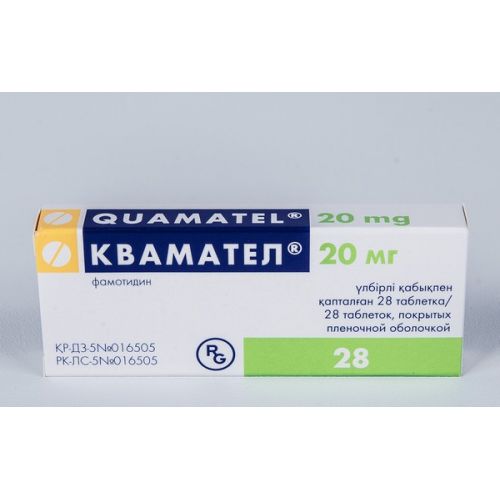
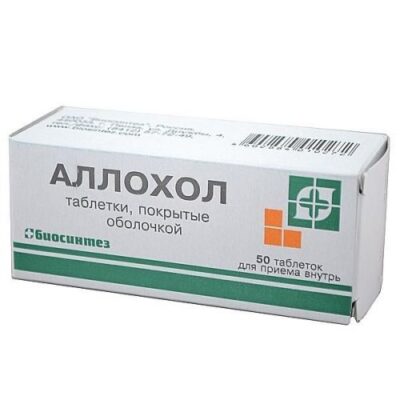
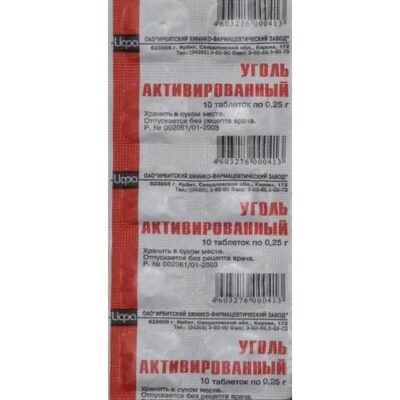
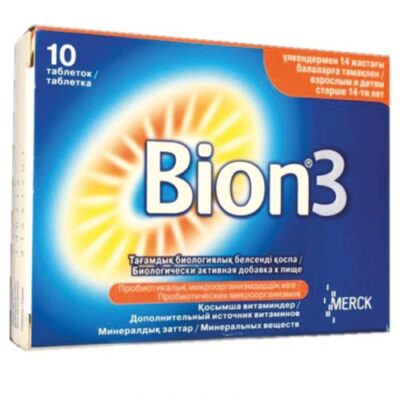
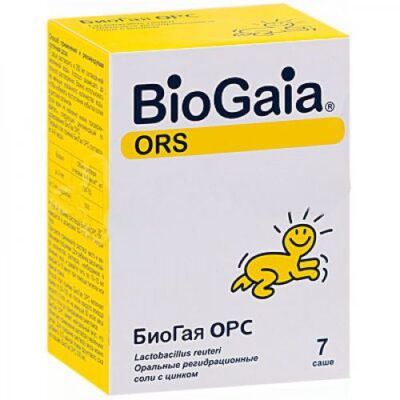
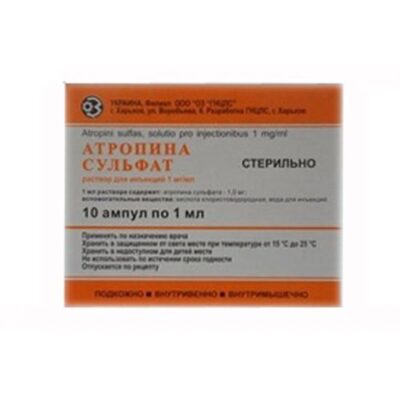
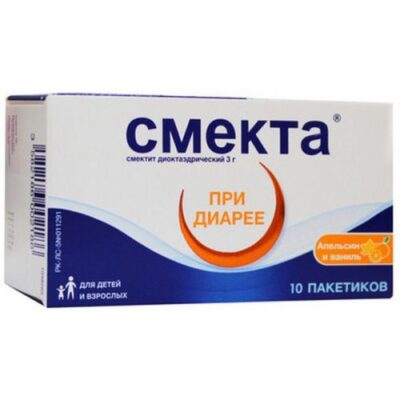
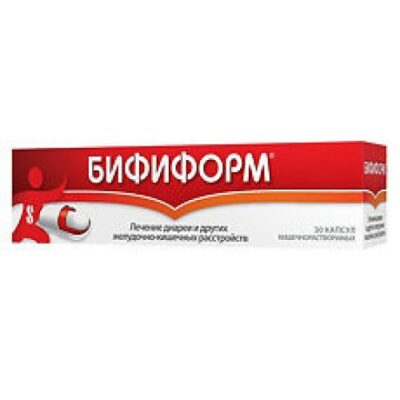
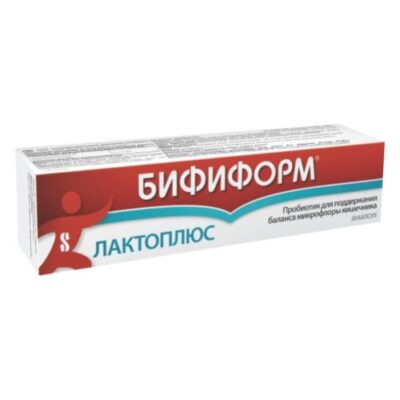
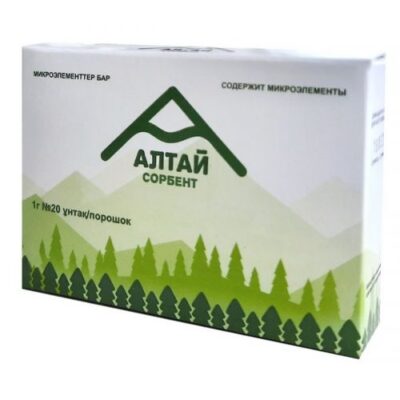
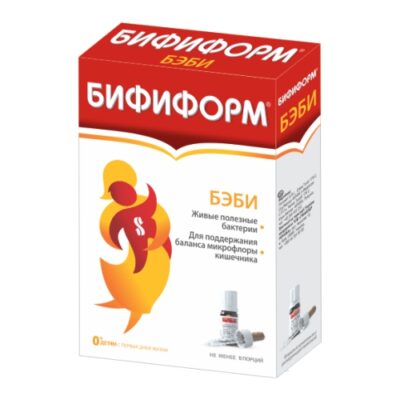






Reviews
There are no reviews yet.